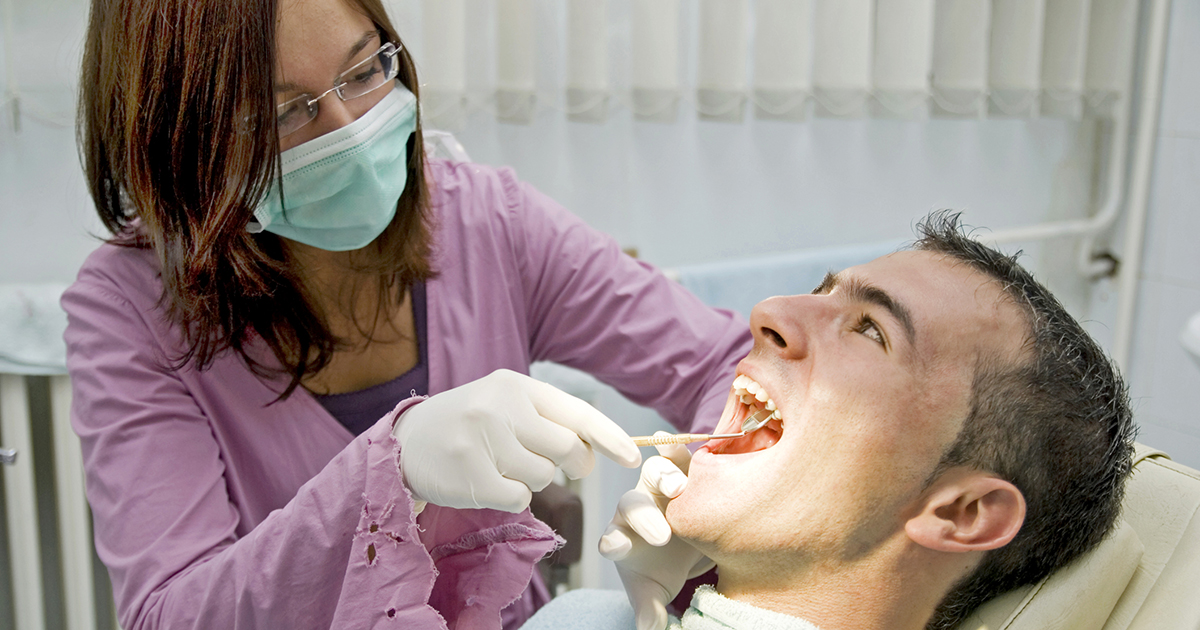Common Causes and Risk Factors of Pericoronitis
Difficulty Accessing The Wisdom Teeth
Pericoronitis is more likely to occur in individuals with difficult access to wisdom teeth. The main way to prevent bacteria and infections is by brushing your teeth twice daily. However, some individuals may have a hard time reaching their wisdom teeth, especially if they're partially erupted or misplaced. This means rather than clearing plaque and bacteria away, the bacteria has a chance to multiply and cause an infection. Pericoronitis might also be caused if you have a hard time accessing your gum flap or freeing trapped particles underneath it. When individuals have extra teeth in the mouth, it's more likely pericoronitis will occur. The condition can be prevented by removing impacted wisdom teeth before they have a chance to erupt.
Get to know more causes and risk factors contributing to pericoronitis now.
Excess Gum Tissue Over Wisdom Teeth

When there's excess gum tissue over wisdom teeth, the chances of bacteria accumulating are higher. The excess tissue may trap plaque and food in the flaps. In addition, excess gum tissue might make the wisdom teeth difficult to access with a toothbrush. This turns the tooth into a breeding ground for bacteria.
In many cases, excess tissue is combined with partial eruption. The soft tissues surrounding the tooth tend to become chronically inflamed. In some cases, the inflammation may not even cause symptoms. However, patients might suddenly experience symptoms if new food or plaque becomes trapped in the infected area. In addition, compromising the immune system can also lead to symptoms, as the body will stop keeping the chronic infection manageable.
It's time to reveal the next cause of pericoronitis. Read more now!
